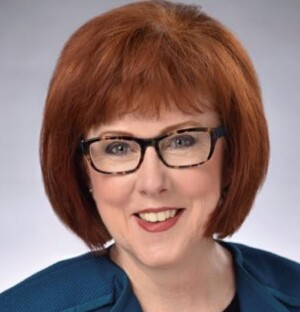From the September 2022 issue of HealthCare Business News magazine
By Rosemary Kennedy
Falls by seniors are a serious, yet sometimes overlooked medical issue that are disturbingly common and exact a heavy emotional toll on patients and their families while contributing to escalating healthcare costs.
A quarter of Americans over the age of 65 fall each year, according to the National Council on Aging (NCOA). Falls are the leading cause of fatal injury and the most common cause of nonfatal trauma-related hospital admissions among older adults.



Ad Statistics
Times Displayed: 2157
Times Visited: 29 Keep biomedical devices ready to go, so care teams can be ready to care for patients. GE HealthCare’s ReadySee™ helps overcome frustrations due to lack of network and device visibility, manual troubleshooting, and downtime.
On an annual basis, falls result in more than 3 million injuries treated in emergency departments, including over 800,000 hospitalizations. Annual medical costs related to non-fatal falls total $50 billion, but that number is expected to rise to $101 billion by 2030 as the senior population continues to grow.
Falls can significantly reduce seniors’ quality of life. While the overall statistics related to falls are staggering, it is also important to consider the effect of falls on the individual patients who experience them. For example, a growing number of seniors fear falling and, consequently, limit their activities and social engagements, sometimes leading to further physical decline, depression, social isolation, and feelings of helplessness.
Fall prevention through connective care platforms
While some observers may regard falls as a natural component of the aging process, they don’t have to be. Indeed, many falls that do occur are preventable. The NCOA recommends several steps seniors and caregivers can take toward fall prevention, such as building personal balance, strength, and flexibility; reviewing medications to ensure that side effects don’t increase the risk of falling; and removing tripping hazards around the home.
However, in recent years, another option has emerged, driven in part by the “aging in place” trend among seniors, in addition to disruptions in care delivery caused by the COVID-19 pandemic: connective care platforms.
Connective care platforms support remote patient monitoring (RPM) programs or personal emergency response services (PERS) and link patients to their providers or caregivers from their homes, enabling patients to remain safely in their homes to receive the timely care they require. These platforms also can improve medication management for seniors, helping prevent declines in health that may lead to falls. For healthcare organizations, the concept of “aging in place” will be key to improving patient satisfaction and safety, as a recent survey conducted by PricewaterhouseCoopers' (PwC) Health Research Institute found that more than 75% of patients would like to receive care in their homes as they age.

